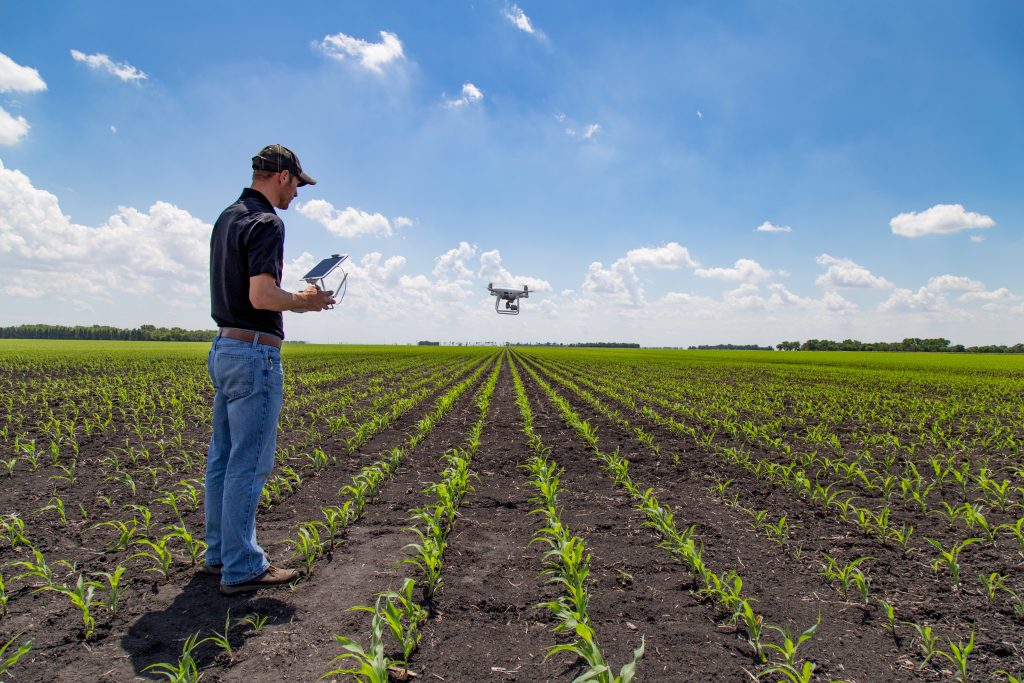By Ashley Robinson
Researchers at the University of Georgia (UGA) are studying new ways to help growers analyze their crops with the help of drone technologies.

Drones, or unmanned aerial vehicles (UAVs), are an emerging technology that a variety of companies and industries, including agriculture, are using to analyze various factors. Simerjeet Virk, research engineer at the UGA Tifton campus, believes that drone technology has great potential in the future of production agriculture. “We see this technology expanding. If you see a good fit for it in your practice, do it,” Virk says.
START SMALL
For growers who are looking to implement drones into their practices, Virk recommends starting small in terms of investment and the size of the aircraft.
“Buy a small quadcopter,” advises Virk. “They range anywhere from $500 to $2,000 depending on your budget. Then, you can purchase a very simple visual or RGB camera. This is a very good starting point to go out, start flying and learn how to operate the drone.”
Currently, there is a wide selection of sensors available that can be mounted onto the drone to assess production ag fields.
ADVANTAGES AND LIMITATIONS
Virk says major advantages of using drone technology are the ease and effectiveness of large-scale crop and acreage monitoring. A few of the sensors that are on the market can provide growers with real-time vegetative index image feedback as the drone is flying over fields. This technology can be used to identify problem areas in their field, and results can be examined immediately since there is no need to wait for data process and analysis to be completed.
Virk notes that although these sensors are capable of identifying field differences, including those not apparent to the human eye, they do not provide information about the cause of those differences. So, it is important for growers to examine the areas that show differences to determine the cause of the problem in order to address the issue.
Researchers are continuing to look at additional ways to implement drones and other precision ag technologies into production agriculture to best help growers.









